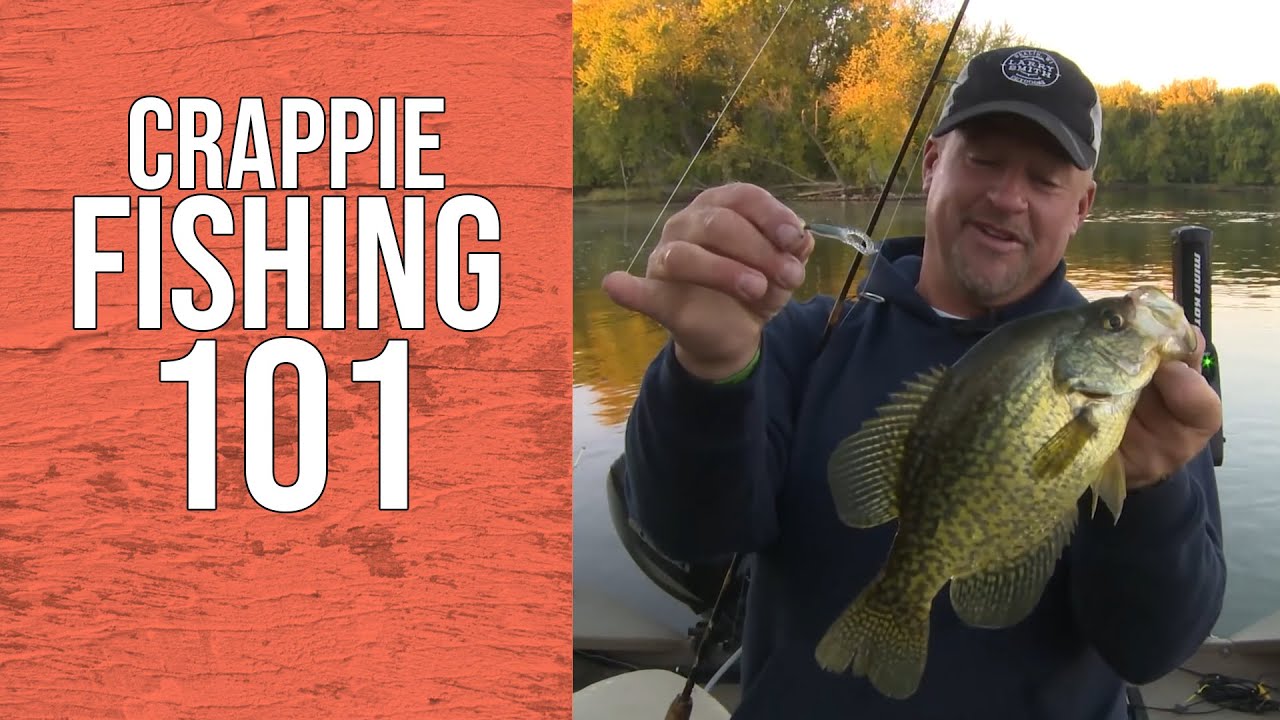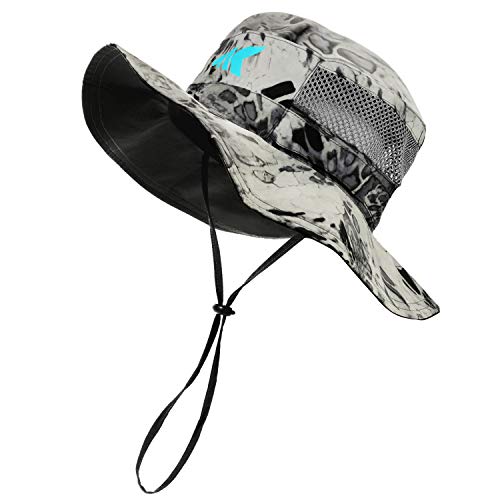Black Crappie Fishing Guide: Techniques, Tips, and Insights
Black Crappie Fishing Guide
Black crappie (Pomoxis nigromaculatus) is a popular freshwater fish found in North America. Known for their speckled appearance and tasty white meat, black crappies are a favorite among anglers. This guide will cover everything you need to know about black crappie fishing, from identifying and locating them to effective fishing techniques and equipment.
Identifying Black Crappie
Black crappie are easily recognized by their distinctive black spots and silvery-green bodies. They typically have seven or eight dorsal spines and a deeper body compared to their close relative, the white crappie. Adult black crappie usually range from 6 to 12 inches in length, although some can grow larger.
Habitat and Distribution
Black crappies are found in various freshwater bodies, including lakes, ponds, and slow-moving rivers. They prefer clear waters with abundant vegetation and submerged structures like fallen trees and brush piles. Prime fishing locations include:
- Lakes and Reservoirs: Look for areas with submerged vegetation and structures.
- Rivers and Streams: Target slow-moving sections with plenty of cover.
- Ponds and Small Lakes: Often stocked and managed, these can provide excellent fishing opportunities.
Seasonal Behavior and Patterns
Spring
Spring is the best time for black crappie fishing as they move into shallow waters for spawning. Look for them around:
- Shallow coves
- Near submerged vegetation
- Around structures like docks and fallen trees
Summer
In summer, black crappies move to deeper, cooler waters. Focus on:
- Drop-offs and ledges
- Deep-water structures
- Underwater vegetation
Fall
During the fall, crappies can be found in both shallow and deep waters. Key areas include:
- Near structures and cover
- Transitional zones between shallow and deep water
Winter
In winter, black crappies school up in deep water. Effective spots include:
- Deep basins and channels
- Submerged structures and vegetation
Fishing Techniques and Tips
Tackle and Equipment
Rods and Reels: Light to ultralight rods paired with spinning reels are ideal for crappie fishing. Choose a rod between 6 to 8 feet in length for better control and sensitivity.
Lines and Hooks: Use 2 to 6-pound test lines and small hooks, sizes 4 to 8. Fluorocarbon lines are preferred for their low visibility in clear water.
Bait and Lures
Live Bait: Minnows are the most effective live bait for black crappie. Other options include worms and insects.
Artificial Lures: Jigs, spinners, and soft plastic baits work well. Choose colors that mimic natural prey, such as white, chartreuse, and silver.
Fishing Methods
Vertical Jigging: Effective in deeper waters, especially during summer and winter. Drop the jig straight down and use a slow, up-and-down motion.
Casting and Retrieving: Ideal for shallow waters during spring and fall. Cast near structures and use a steady retrieve with occasional pauses.
Trolling: Useful in large lakes and reservoirs. Use multiple rods with different lures to cover more area.
Recommended Fishing Gear
- Rods: St. Croix Panfish Series, Ugly Stik Elite
- Reels: Shimano Sedona, Pflueger President
- Lines: Berkley Trilene, Seaguar InvizX
- Lures: Bobby Garland Baby Shad, Strike King Mr. Crappie Jig Heads
- Accessories: Plano Tackle Box, Rapala Fish Gripper
Conservation and Best Practices
To ensure sustainable fishing, follow these best practices:
- Catch and Release: Release smaller fish to promote population growth.
- Observe Limits: Adhere to local fishing regulations and size limits.
- Respect Habitats: Avoid damaging vegetation and structures.
FAQs
What is the best time of day to fish for black crappie?
Early morning and late afternoon are the best times to fish for black crappie, as they are more active during these periods.
What is the best bait for black crappie?
Minnows are the most effective bait, followed by jigs and soft plastic lures.
How do you find black crappie in a lake?
Look for submerged structures, vegetation, and drop-offs. Using a fish finder can also help locate schools of crappie.































